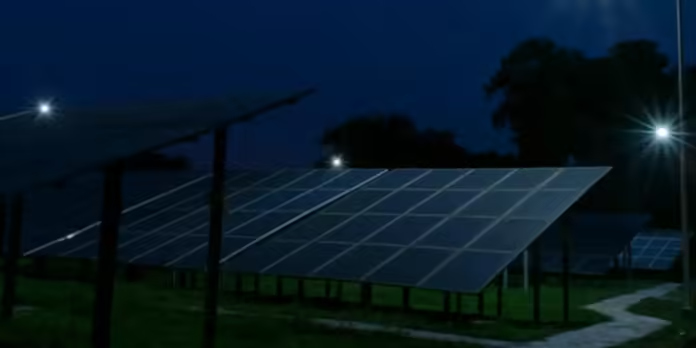Harnessing the Night: Stanford’s Game-Changing Nighttime solar panels Innovation
Stanford University has brought renewable power to an entirely new level through the development of solar panels that can generate electricity at night. This innovation is based on radiative cooling, a natural process in which heat is lost from Earth’s surface on clear nights. Through the addition of thermoelectric generators, these solar panels can now capture dissipated heat and turn it into usable electrical energy even without sunlight.
The Science Behind the Innovation
Traditional solar panels use sunlight to produce electricity, thus becoming idle during nighttime hours. Stanford’s new technology, however, takes advantage of the temperature difference between the Earth’s surface and the cool night sky. Thermoelectric generators convert this thermal energy into electricity, offering a renewable solution to extend the lifespan of solar panels.
Although the electrical power output is currently relatively weak-about 50 milliwatts per square meter-it is more than enough for powering low-consumption appliances like LEDs, sensors, and other small appliances. This puts renewable energy development a long stride forward.
Advantages of Off-Grid Communities
One of the most promising elements of this improvement is its potential to impact off-grid areas. Remote places lacking dependable get admission to electrical energy could use dead night photo voltaic panels to energy imperative gadgets with out reliance on steeply-priced or environmentally hazardous batteries. That’s a game-changer for rural and underserved communities round the globe.
Paving the Way for a Renewable Future
As researchers continue to develop the technology, the achievable for middle of the night photo voltaic panels to complement ordinary daylight photo voltaic structures will emerge. This needs to create a seamless, around-the-clock renewable electricity answer that reduces the reliance on fossil fuels and makes renewable strength extra available in areas with confined sunlight.
Visit Pakistan Updates for more news and updates.




